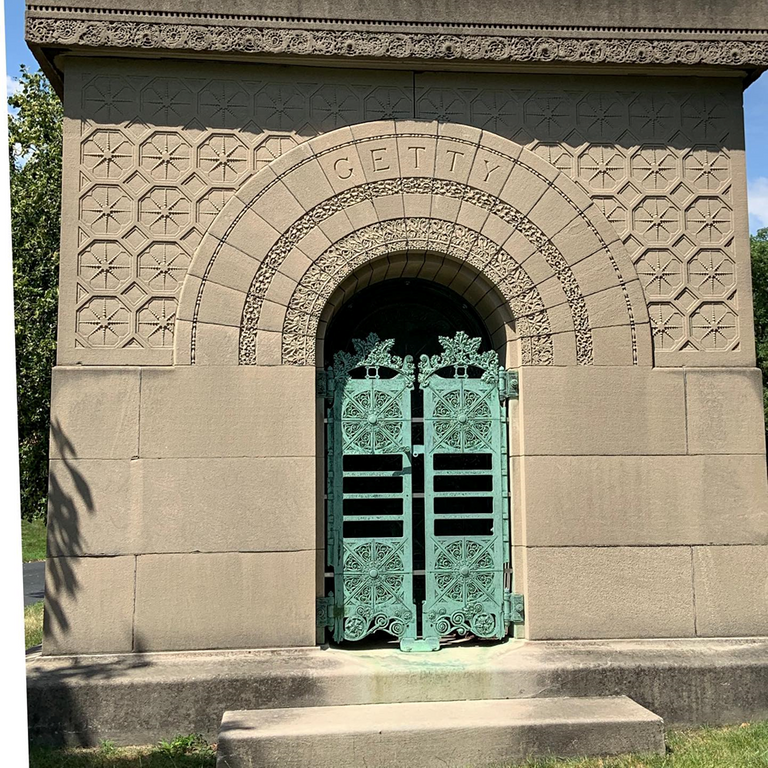
Dear friends of the communities that make up HIVE, on this occasion, I have selected a series of photographs, taken by colleague Wilfredo Urbina (PhD) from Roosevelt University in Chicago (https://www.facebook.com/wifredo.urbina), who made a visit to the place and generously allows me to make use of them. for the presentation of this post.
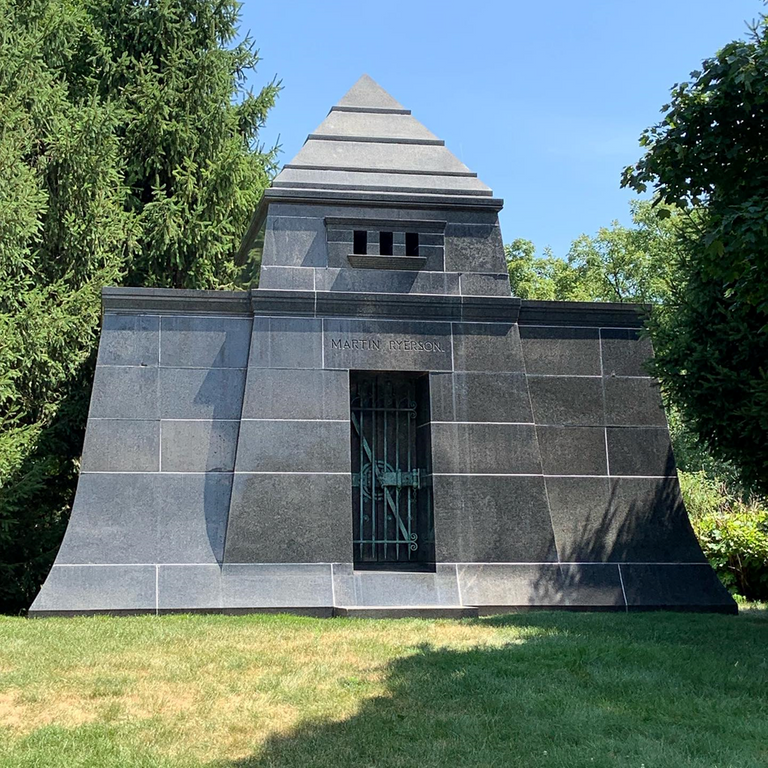
Graceland is a quiet, contemplative and very relaxing place considered by many to be one of the best hidden treasures in the city, a kind of architectural oasis. It is a large cemetery and botanical garden, located on the north side of Uptown in the city of Chicago, Illinois, USA. Graceland was also accepted into the National Register of Historic Places in 2001.
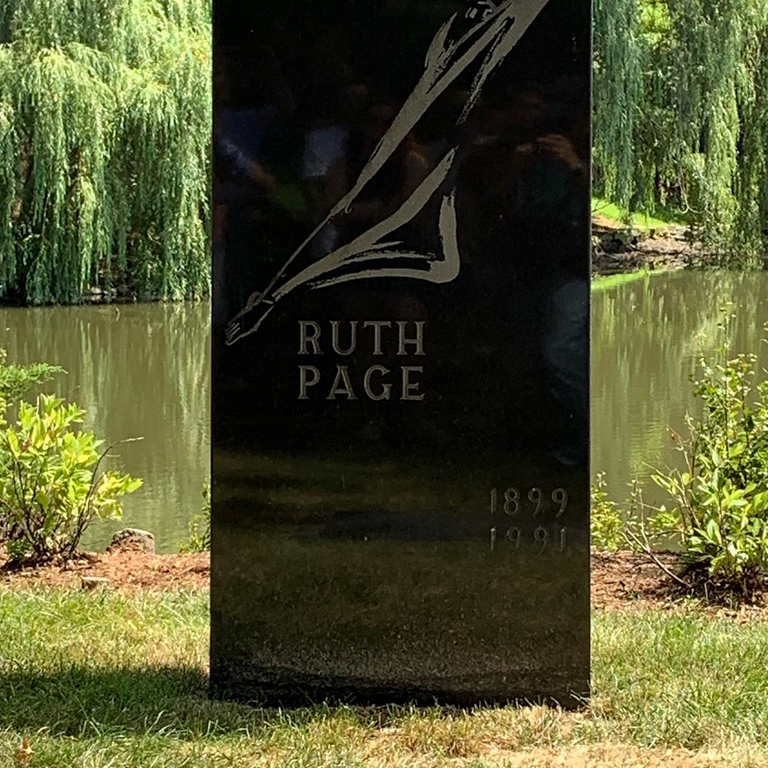
On its land, originally a little more than 32 hectares, after some negotiations it was expanded to 48 hectares, lie, in addition to recognized architects of the XIX and XX centuries; are, in their final resting place, prominent figures of Chicago society, including athletes, politicians and industrialists. In this incredible place you can see everything from large mausoleums to very simple tombs and tombstones.
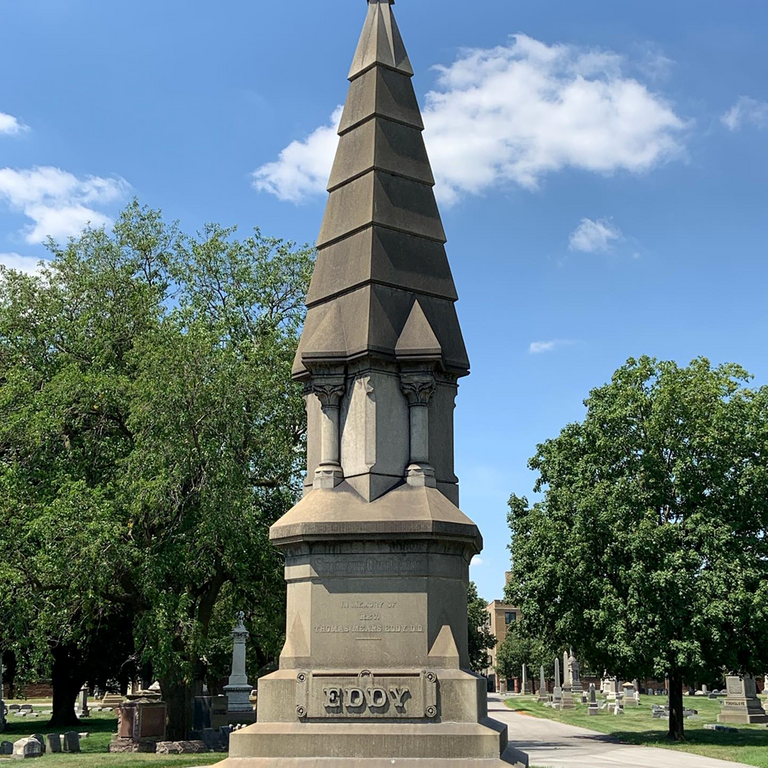
The land was purchased by Thomas Bryan, who initially hired architect and landscape designer H.W.S. Cleveland, which had its paths and cemetery plots evenly turfed, helping to create a Victorian atmosphere; later the project was left in the hands of a group of architects and landscapers, headed by Ossian C. Symonds, who used native plants to create the bucolic landscape of the cemetery. Symonds' landscape designs represent the classic integration of buildings and landscapes, involving a series of monuments, which is why Graceland Cemetery is considered by landscape designers to be "one of the most extraordinary park-like cemeteries in the Western world." Even after more than 160 years, the cemetery remains an active necropolis and botanical garden.
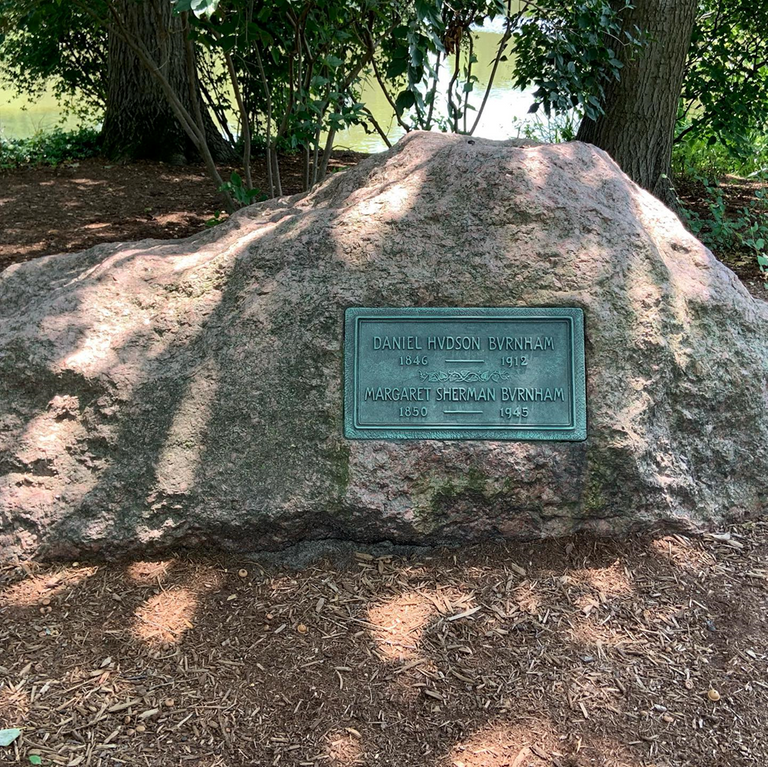
Graceland Cemetery, which has been in operation since 1860, is known as the "Architects' Cemetery", architectural figures such as Ludwig Mies Van der Rohe, (author and performer of the famous phrase "less is more"); Daniel Burrham (one of Chicago's city planners); John Root (of the founders of the Chicago School); Louis Henry Sullivan (architect of the Chicago School, one of the fathers of the skyscraper, began the foundations of what would become modern architecture); Howad Van Doren Shaw (leader of the American Craftsman movement); Laszlo Moholy-Nagy (founder of the Illinois Institute of Technology College of Design and a figure at the Bahaus); Marion Mahon Griffin (the first female architect to be licensed in the United States), among others.

Many of the tombstones and headstones found at Graceland are the work of well-known and acclaimed architects such as Louis Sullivan, John Glessner, Daniel Burnham, William Le Baron Jenney, John Root, and Ludwig Mies van der Rohe, remembered for monuments illustrating a variety of architectural styles, including Egyptian, Greek, Art Deco, and Modern, among others.
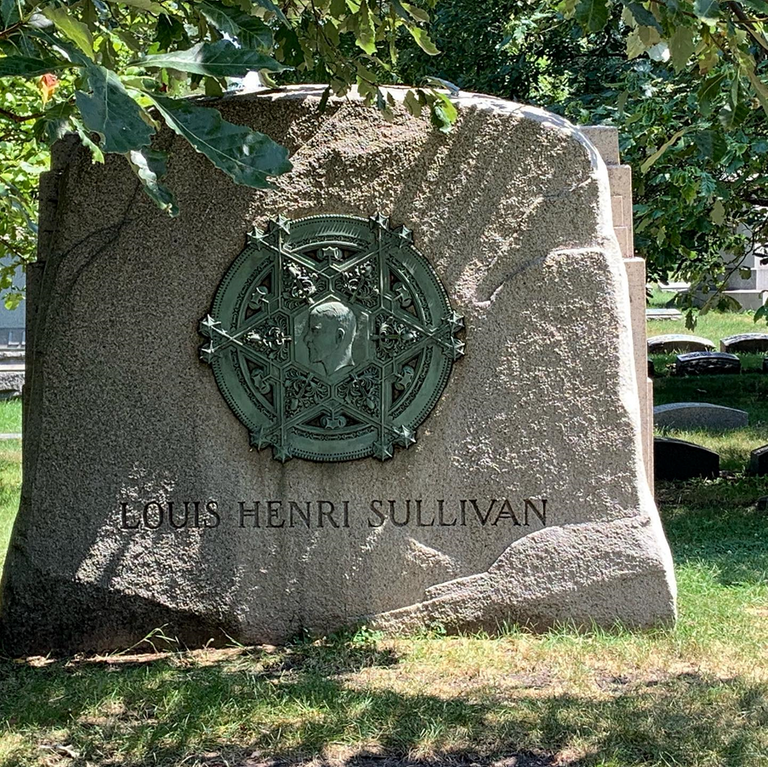
Biography consulted:
An Oasis of Art, Architecture, and Landscape Design since 1860: https://www.gracelandcemetery.org/the-story-of-graceland/
Graceland Cementery, un cementerio arquitectónico en Chicago: http://divagacionx.blogspot.com/2015/03/graceland-cementery-un-cementerio.html
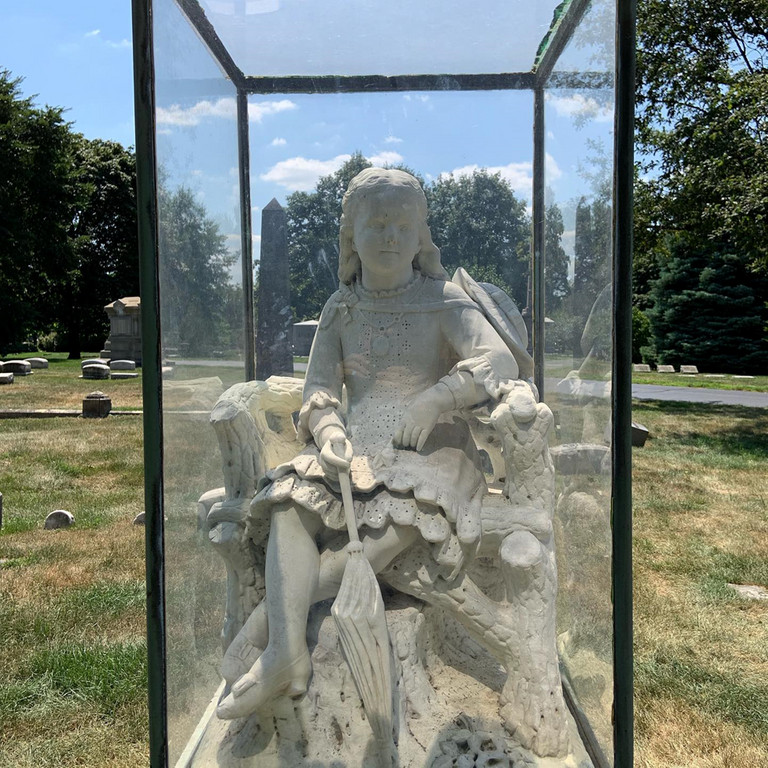
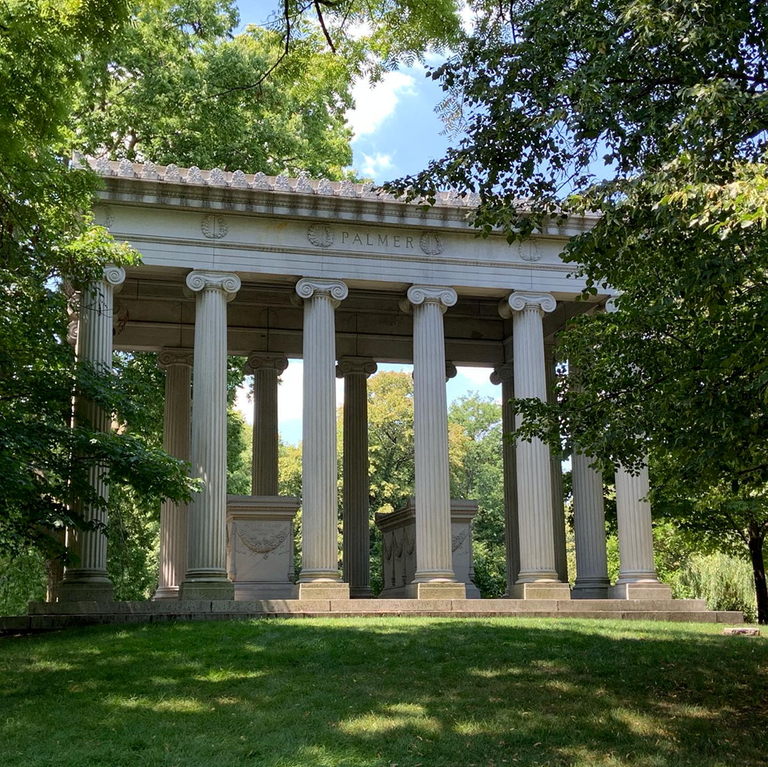
Estimados amigos de las comunicades que conforman HIVE, en esta oportunidad, he seleccionado una serie de fotografías, tomadas por el colega Wilfredo Urbina (PhD) de la Universidad Roosevelt en Chicago (https://www.facebook.com/wifredo.urbina), quien realizó una visita al lugar y generosamente me permite hacer uso de ellas para la presentación de este post.
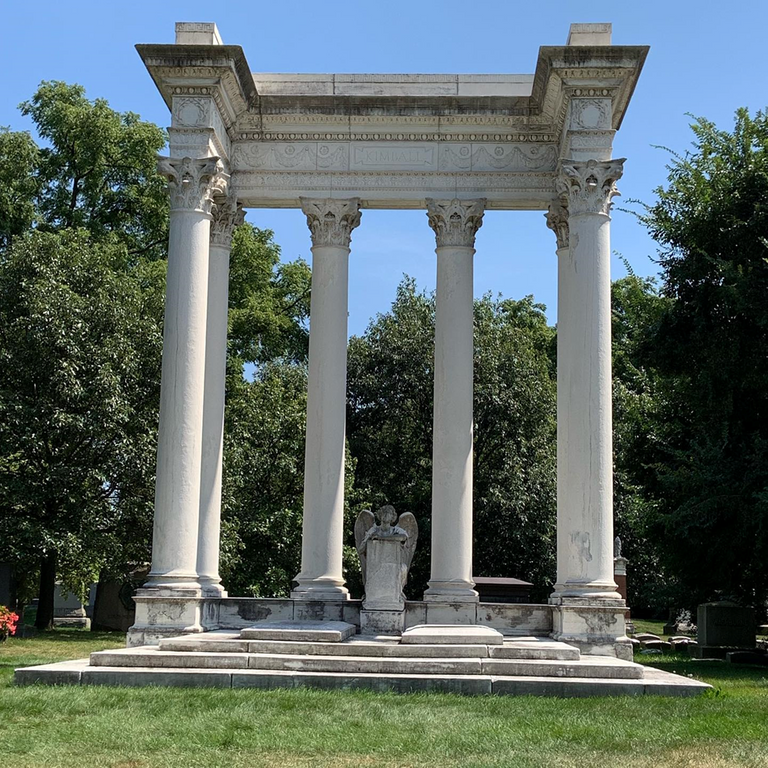
Graceland es un lugar tranquilo, contemplativo y muy relajante considerado por muchos como uno de los mejores tesoros escondidos de la ciudad, una especie de oasis arquitectónico. Es un gran cementerio y a la vez jardín botánico, ubicado en el lado norte de Uptown en la ciudad de Chicago, Illinois, USA. Graceland también fue aceptado en el Registro Nacional de Lugares Históricos en 2001.
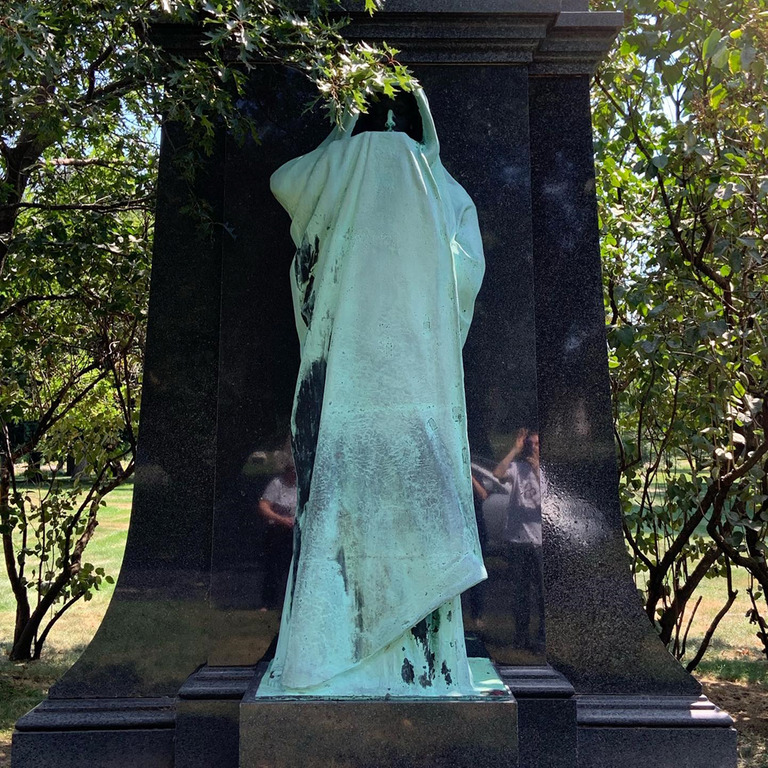
En sus terrenos, originalmente de un poco más de 32 hectáreas, luego de algunas negociaciones se expandió a 48 hectáreas, yacen, además de arquitectos reconocidos del siglo XIX y XX; además, se encuentran, en su última morada, figuras prominentes de la sociedad de Chicago, incluidos atletas, políticos e industriales. En este increíble lugar se pueden apreciar desde grandes mausoleos hasta tumbas y lápidas muy simples.
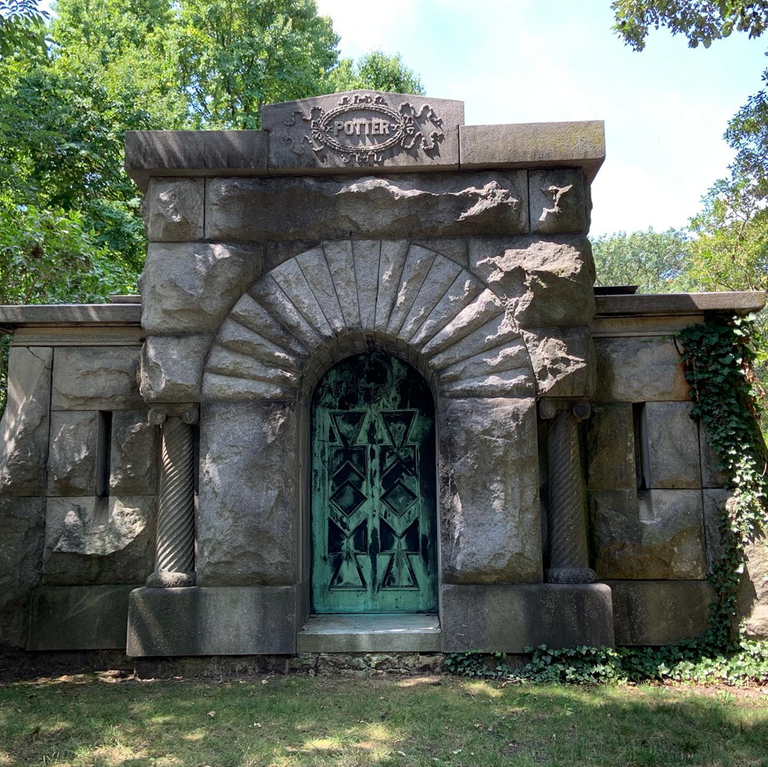
El terreno fue adquirido por Thomas Bryan, quien contrató, en una primera instancia, al arquitecto y paisajista H.W.S. Cleveland, el cual hizo que los caminos y las parcelas del cementerio se cubrieran de césped de manera uniforme, lo que contribuyó a crear una atmosfera victoriana; posteriormente el proyecto quedó en manos de un grupo de arquitectos y paisajistas, encabezados por Ossian C. Symonds, quien utilizó plantas autóctonas para crear el paisaje bucólico del cementerio. Los diseños paisajísticos de Symonds representan la integración clásica de edificios y paisajes, que involucra una serie de monumentos, debido a ello los paisajistas consideran al cementerio Graceland como "uno de los cementerios-tipo parque más extraordinario del mundo occidental". Aun después de más de 160 años, el cementerio sigue siendo una necrópolis y jardín botánico activo.
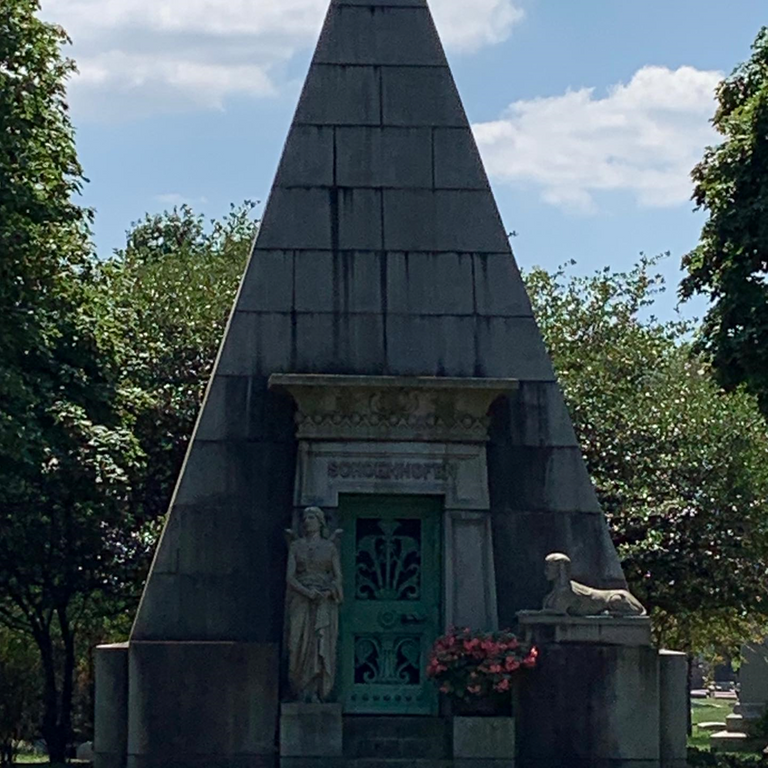
El Cementerio de Graceland, funciona desde 1860, es conocido como el “Cementerio de los arquitectos”, allí están enterrados figuras de la arquitectura como Ludwig Mies Van der Rohe, (autor y ejecutante de la famosa frase "menos es más"); Daniel Burrham (uno de los planificadores de la ciudad de Chicago); John Root (de los fundadores de la Escuela de Chicago); Louis Henry Sullivan (arquitecto de la Escuela de Chicago, uno de los padres del rascacielos, inició las bases de lo que sería la arquitectura moderna); Howad Van Doren Shaw (líder del movimiento American Craftsman); Laszlo Moholy-Nagy (fundador de la Facultad de Diseño del Instituto de Tecnología de Illinois y figura de la Bahaus); Marion Mahon Griffin (la primera arquitecta en ser matriculada en Estados Unidos), entre otros.
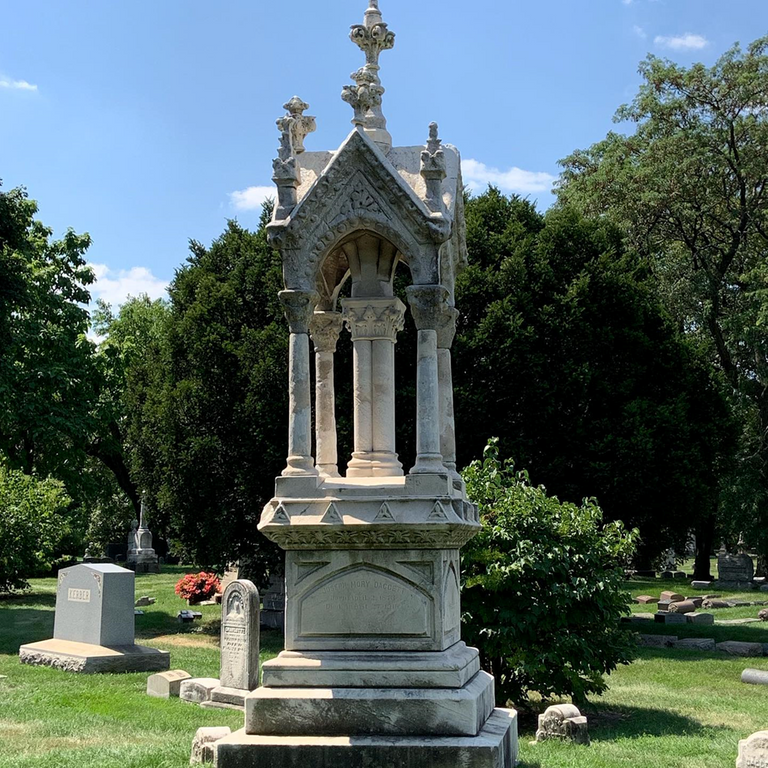
Muchas de las tumbas y lápidas que se encuentran en Graceland son obra de arquitectos reconocidos y aclamados como Louis Sullivan, John Glessner, Daniel Burnham, William Le Baron Jenney, John Root y Ludwig Mies van der Rohe, recordados por monumentos que ilustran una variedad de estilos arquitectónicos, incluidos el egipcio, el griego, el art déco y el moderno, entre otros.
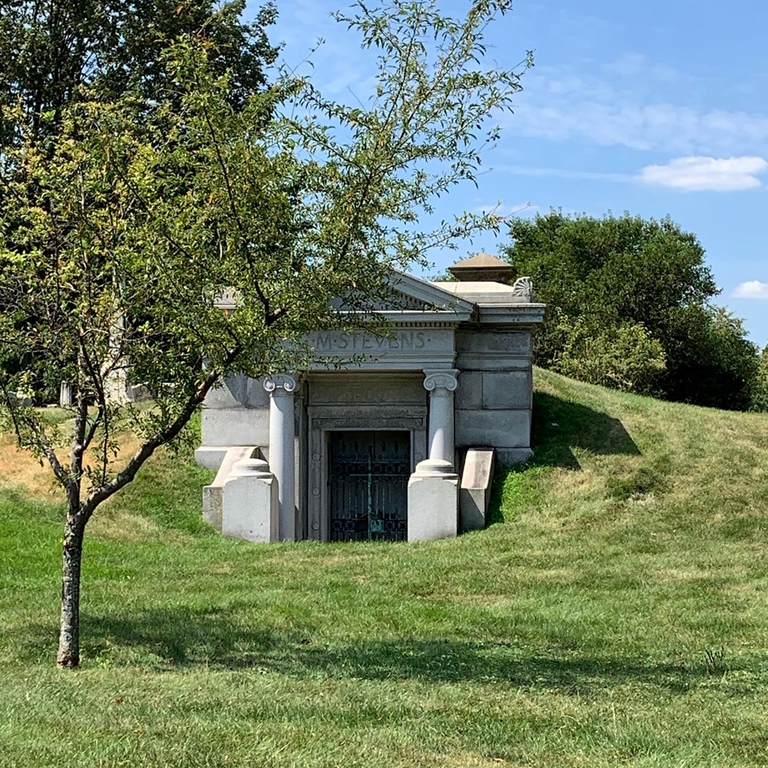
Biografía consultada:
An Oasis of Art, Architecture, and Landscape Design since 1860: https://www.gracelandcemetery.org/the-story-of-graceland/
Graceland Cementery, un cementerio arquitectónico en Chicago http://divagacionx.blogspot.com/2015/03/graceland-cementery-un-cementerio.html
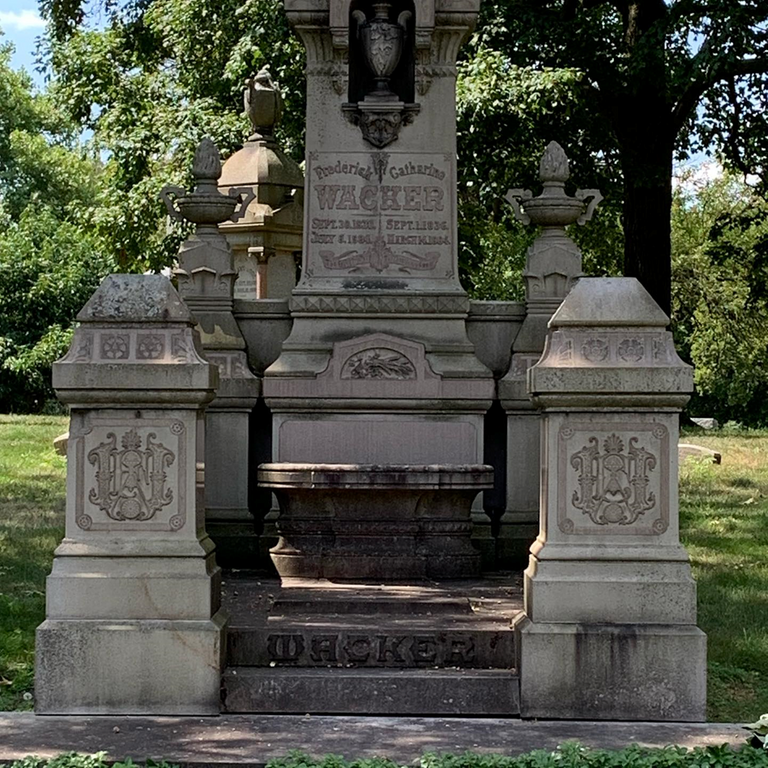
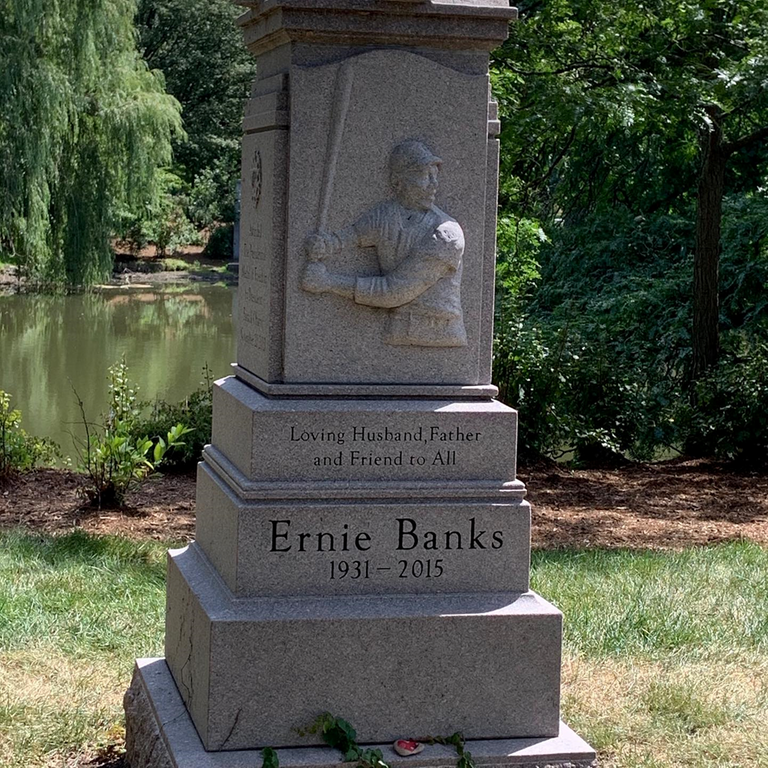
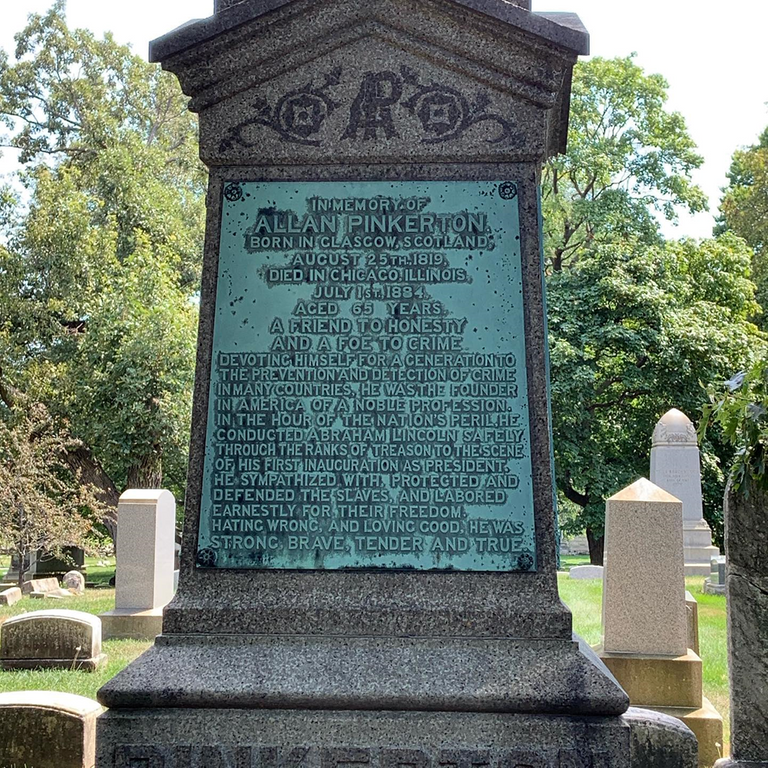
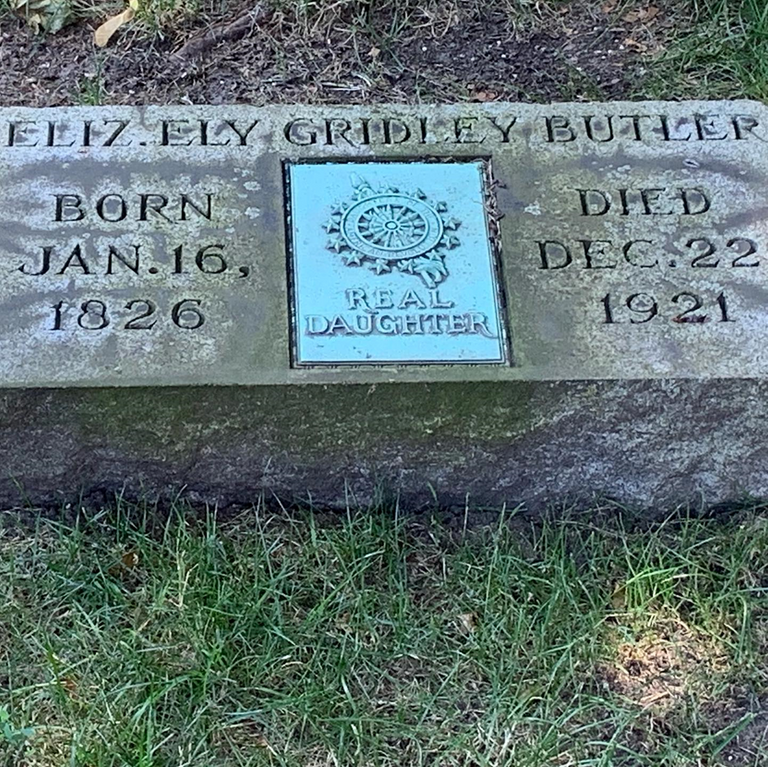
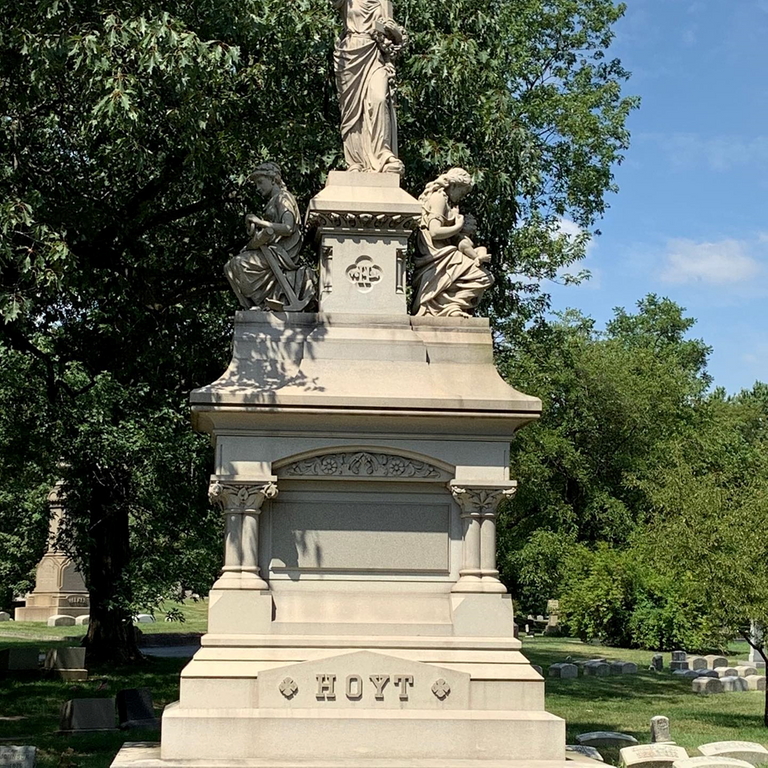
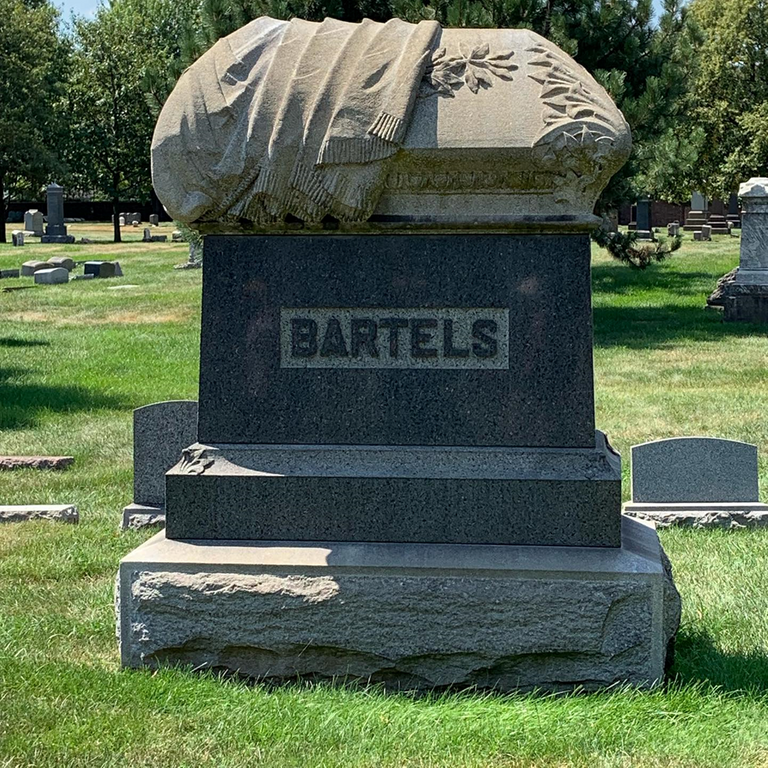


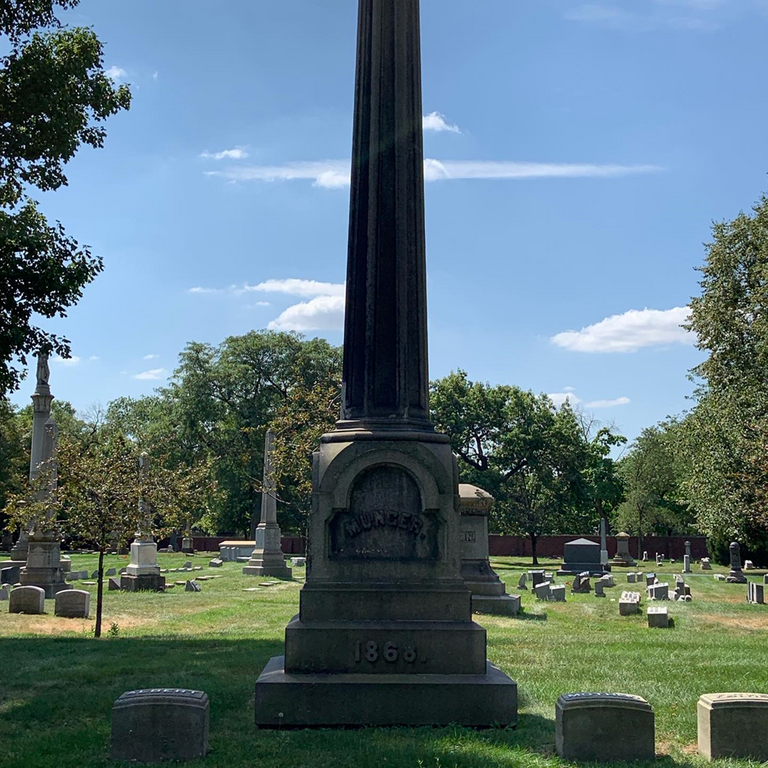
Congratulations, your post has been added to Pinmapple! 🎉🥳🍍
Did you know you have your own profile map?
And every post has their own map too!
Want to have your post on the map too?
Good morning friends of Pinmapple, as always grateful for your support.
!discovery 30
Hello, juecoree, good morning. Thanks a lot
This post was shared and voted inside the discord by the curators team of discovery-it
Join our community! hive-193212
Discovery-it is also a Witness, vote for us here
Delegate to us for passive income. Check our 80% fee-back Program
Hello friends of discovery-it, very grateful to your team of curators for having voted for my post. Happy week
Your content has been voted as a part of Encouragement program. Keep up the good work!
Use Ecency daily to boost your growth on platform!
Support Ecency
Vote for new Proposal
Delegate HP and earn more
Dear friends of Ecency, thank you very much for having voted the content of my post as part of the Encouragement program. I wish you a happy, healthy and profitable week.
Greetings dear friend Benjamin @besamu. Graceland may be a cemetery, but it surely is an attractive, healing, and vibrant landmark. Its heavenly atmosphere is due to the extravagant presence of Mother Nature, which by her lush elements, transformed the entire scenario into a less eerie environment. Aside from its green surroundings, your eyes will definitely feast on the abundance of marvelous architectural sculptures, structures, and exhibits. I'd rather call the place a natural paradise. Receive my warmest regards. Have a safe, healthy, and productive week, 😊
Dear friend Erne, I agree with you about your appreciation of the Graceland cemetery garden, whose name is indicative of its qualities. Unfortunately, I did not have photos of its gardens or of the architecture of its administrative headquarters and its chapel, which are other small architectural gems of the place. Indeed, it could be renamed to "Natural Eden" or, as you call it, "Natural Paradise". Thank you for being attentive to our publications, I wish you a happy and profitable week.
Congratulations @besamu! We're delighted to specially curate your awesome publication and award it RUNNER-UP in Architecture Brew #55. More power!
Thank you for subscribing to Architecture+Design, an OCD incubated community on the Hive blockchain.
Hello friends of aplusd, I really appreciate your kindness for having curated my publication and awarding it RUNNER-UP in Architecture Brew #55. Happy and profitable week for all
Awesome post @besamu. Continue publishing fabulous content. 😀